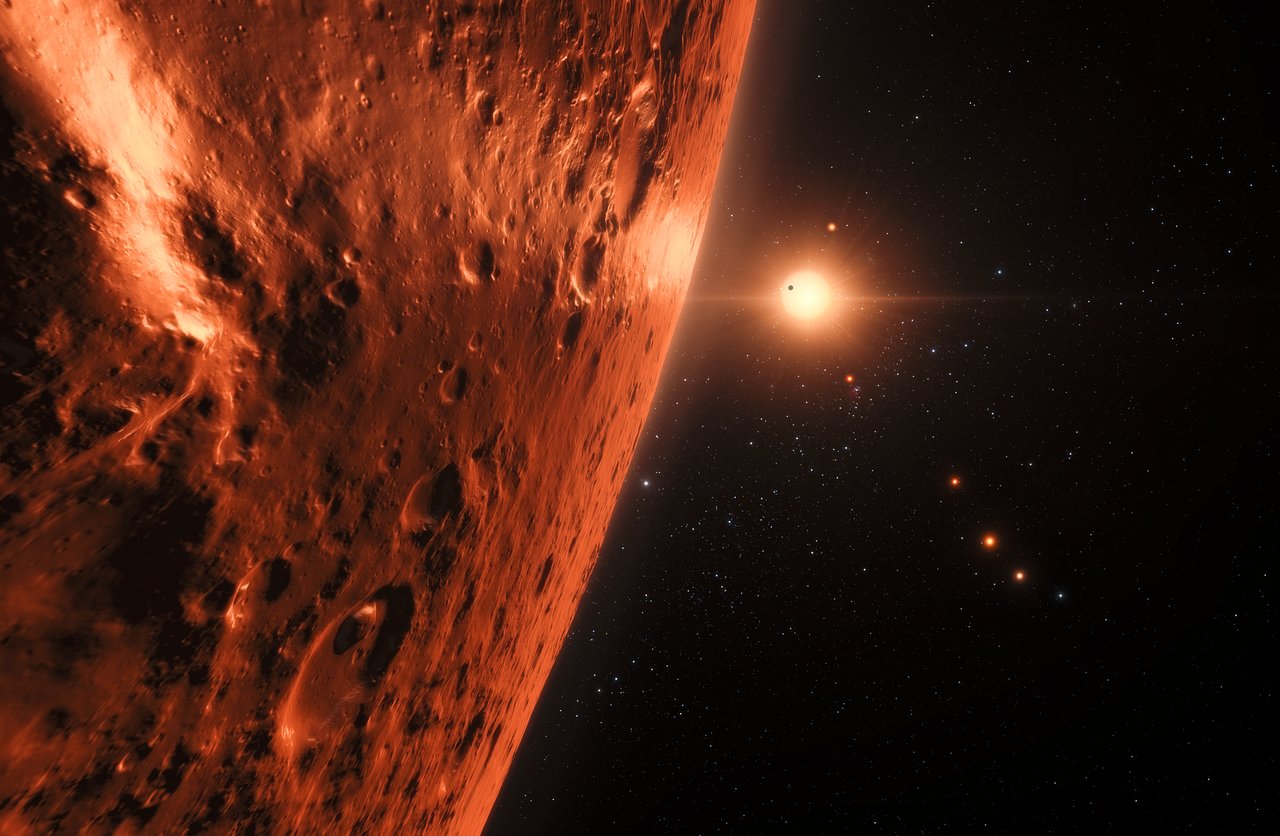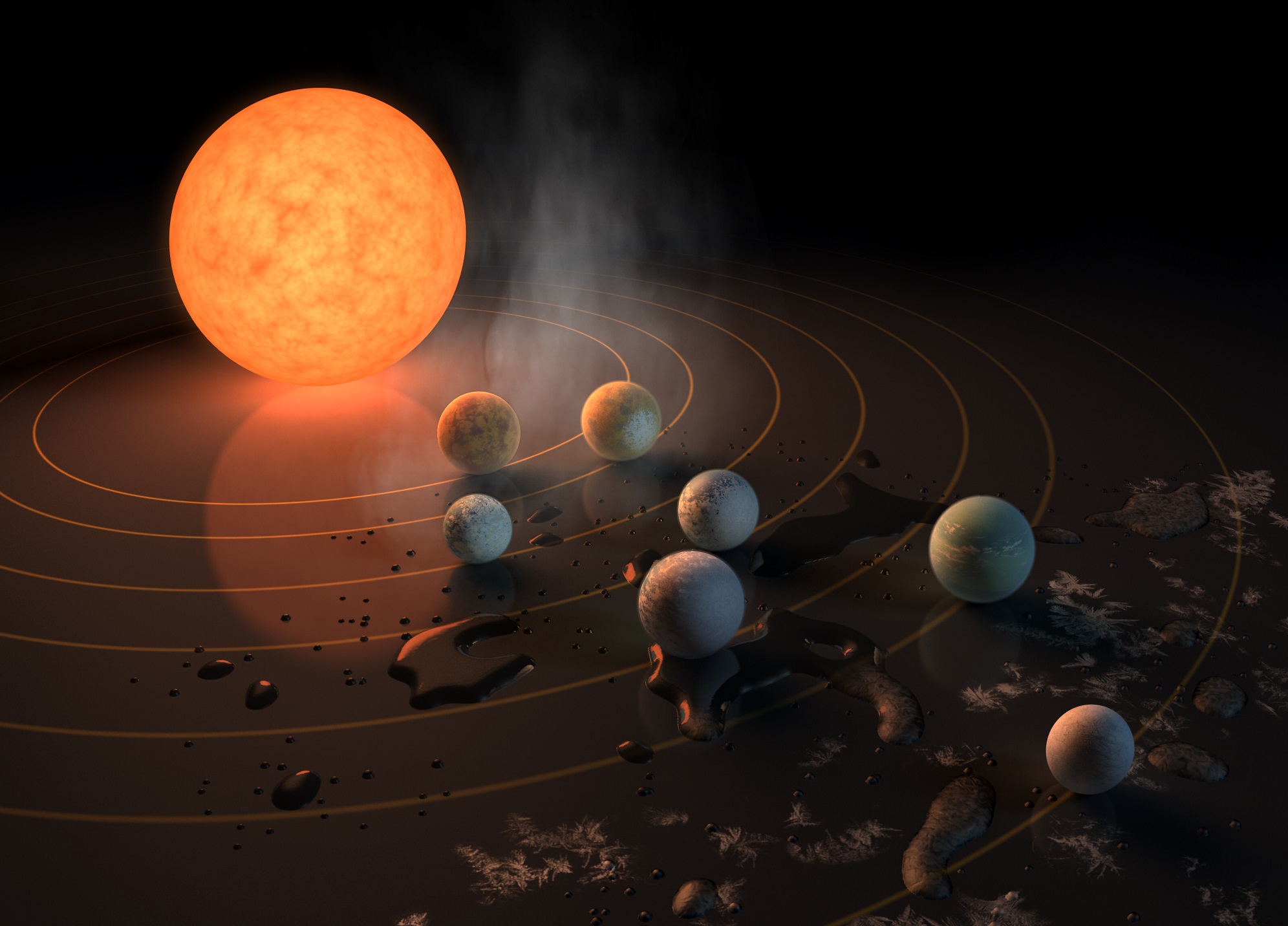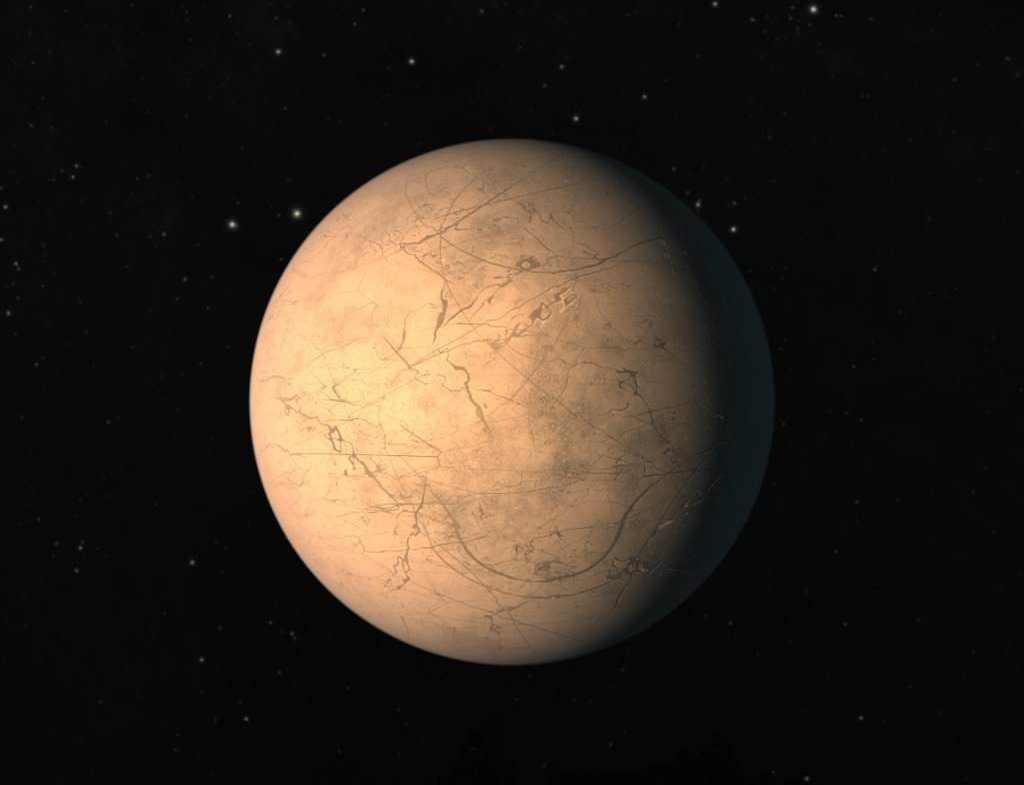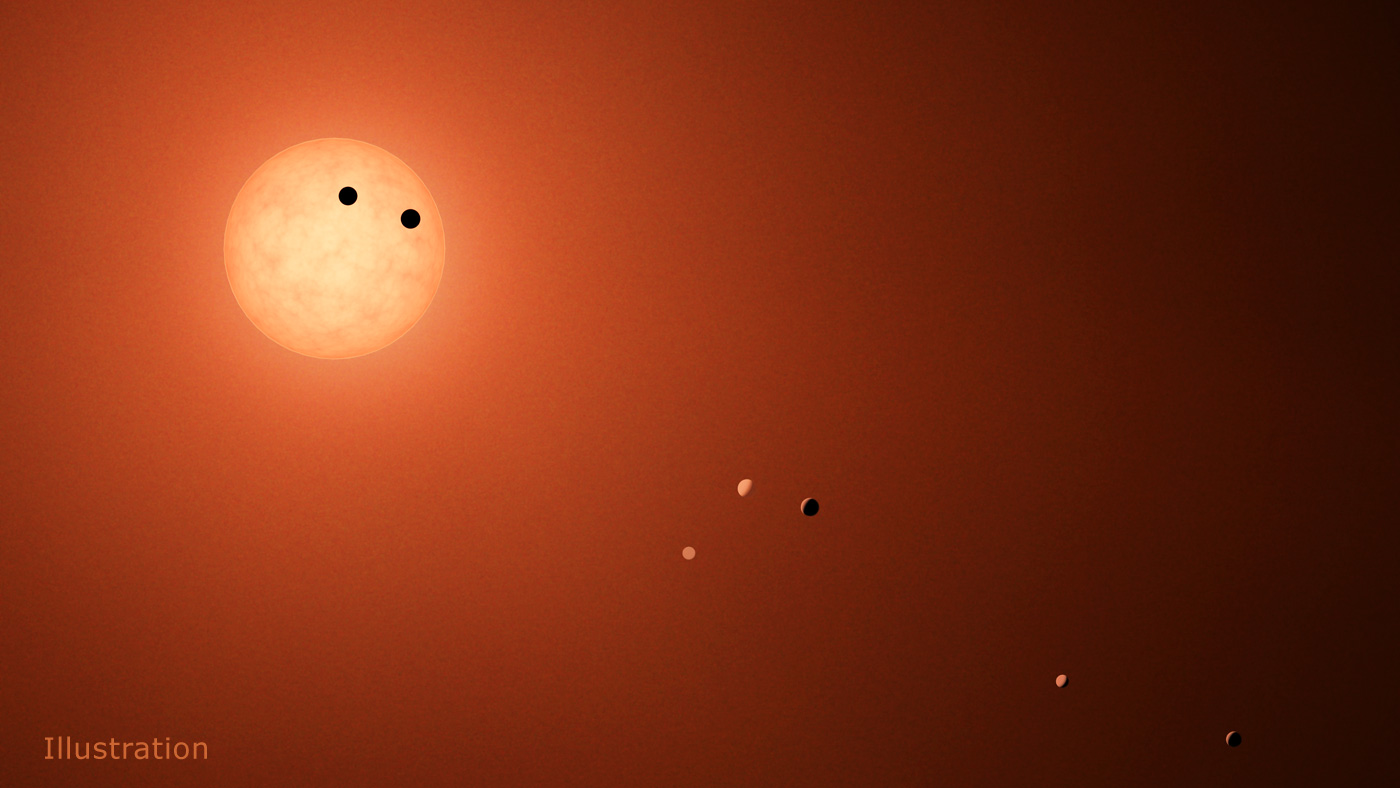In February of 2017, NASA scientists announced the existence of seven terrestrial (i.e. rocky) planets within the TRAPPIST-1 star system. Since that time, the system has been the focal point of intense research to determine whether or not any of these planets could be habitable. At the same time, astronomers have been wondering if all of the system’s planets are actually accounted for.
For instance, could this system have gas giants lurking in its outer reaches, as many other systems with rocky planets (for instance, ours) do? That was the question that a team of scientists, led by researchers from the Carnegie Institute of Science, sought to address in a recent study. According to their findings, TRAPPIST-1 may be orbited by gas giants at a much-greater distance than its seven rocky planets.
Continue reading “New Study Claims that TRAPPIST-1 Could Also Have Gas Giants”





